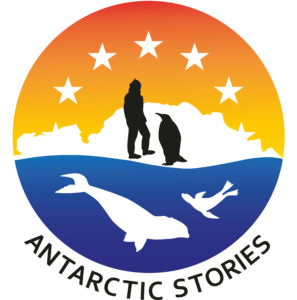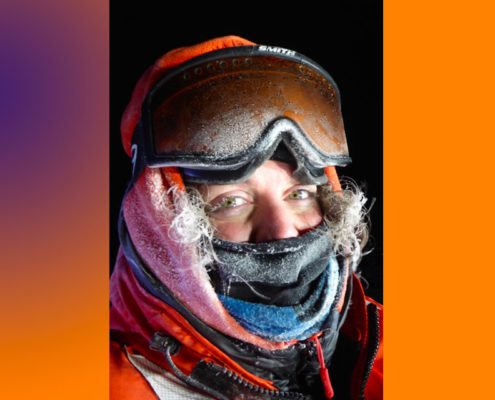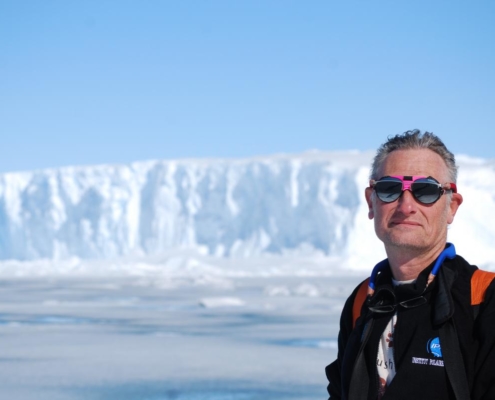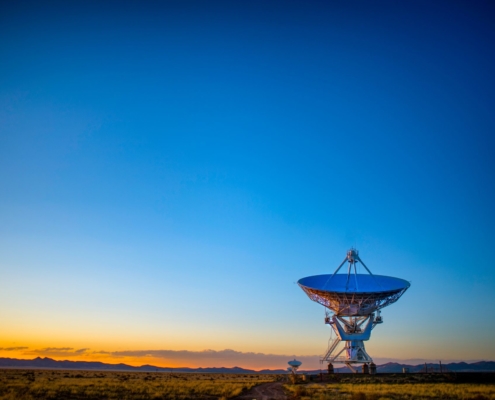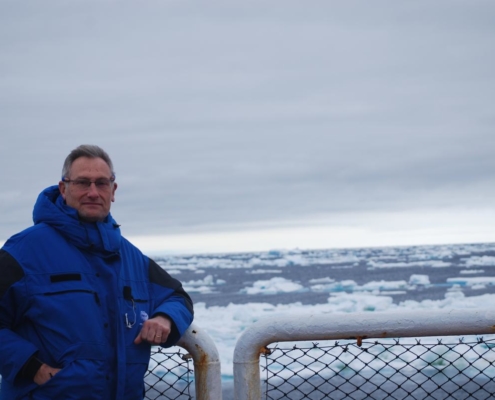
Peace and science – these are cornerstones of Europe and of Antarctica. And for centuries European explorers and researchers have been drawn to Antarctica’s extreme environment, for its beauty and its scientific interest. They have seen its wilderness as a place to learn more about our planet, the origins of life and the dynamics of climate.
The global impact throughout the planet is not new. It had already become all too clear in the 1980s, when scientists from the British Antarctic Survey discovered the ‘ozone hole’ in the skies over the South Pole. With less ozone (a naturally occurring gas in the atmosphere) to protect the Earth from high levels of UV light from the sun, plants and animals worldwide were more exposed to damage to their DNA – and cases of skin cancer in humans rose dramatically.
From ozone hole to climate change
In 1989, the global community adopted the Montreal Protocol. This banned the man-made chemicals which caused the depletion and put ozone levels on the path to recovery. Scientists in Antarctica still continue to monitor ozone levels, but now they are also studying other urgent global challenges such as climate change.
Antarctica is key to understanding climate change because of the continent’s extreme sensitivity to environmental change. European projects in this field include EPICA (European Project for Ice Coring in Antarctica) and Antarctica BE-OI (Beyond Epica-Oldest Ice), which aim to help scientists better predict future climate change through a greater understanding of changes in the past.
Ice coring (drilling) is the best way to understand the climate change history. Why? Because ice captures carbon, one layer after the other. It functions a bit like measuring the age of a tree by slicing its trunk.The deeper you drill, the older ice you get. So in the end, you get an accurate mapping of climate change. An ‘ice carrot’ is a book going backwards in time. Page after page, layer of ice after the other, scientists thus read the extraordinary story of climate. Understanding our past, from 1.5 million years on, will help us prepare for the future. These thrilling experiments taking place in Antarctica seek to bring light to our past and pave the way to years to come.
Today, we know that Antarctica’s ecosystems are connected to a global web of life. So when managers of polar programmes in Europe meet, they endeavour to coordinate research in both the Arctic and in Antarctica for the benefit of society as a whole. Look at the work of the European Polar Board, a strategic body on polar science, or the EU PolarNet, which connects polar science with society. Both polar regions are key actors of global change and it is striking to see to what extent the two most remote points of the planet share the same fate.
A lab for environmental innovation
But Antarctica is not just an ideal location for climate science; it can spur innovation in many fields. Although the continent has no permanent population, it is home to up to 5,000 scientists and support staff. From biologists and oceanographers to physicists, geologists, astronomers, glaciologists and meteorologists, these researchers inhabit the continent’s many research stations year round.
Their presence creates another challenge: how to limit the impact of human activity on this virtually pristine landmass? Can Antarctica provide models for reducing humanity’s environmental impact elsewhere on the planet? For instance, through the ‘circular economy ’ that seeks to ensure nothing is treated as waste and everything is recycled or re-used. What can we all learn from Antarctica, this ‘sentinel of the extreme’?
